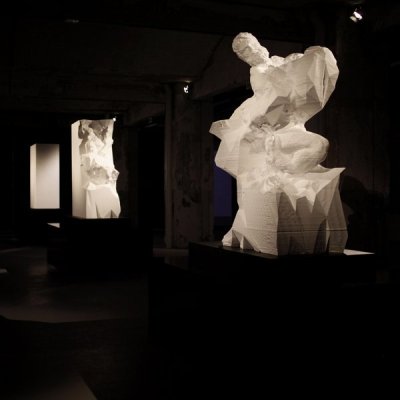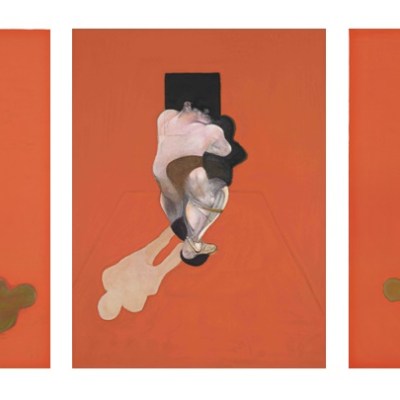Of the 1,715 proposals for the official Guggenheim Helsinki design contest, the only one that made me look twice (in a good way) was a bright pink reclaimed cargo ship. A floating museum – what a beguiling proposition! Somewhat ironically, another ship-museum appeared this week among the eight shortlisted proposals for The Next Helsinki, a competition established in direct opposition to the Guggenheim project.
The ‘Baltic Tale of Nothingness’ by Constantinos Marcou, Costas Nicolaou and Stavros Marcou is still a sweet proposition, but the ship-museum idea seemed less provocative to me the second time around – a problem that plagues the competition more generally. The Next Helsinki’s efforts to find alternatives to the Guggenheim designs is laudable, but the results are simply not as compelling as hoped.
Unsurprisingly, several entries took aim at the Guggenheim’s site-specific designs with proposals for diffuse, multi-sited, temporary spaces across the city. Pedro Carrasco Zanini Sánchez and Lucía Gutierrez Vazquez’s ‘Parc art Helsinki’ offered a series of essentially blank architectural canvases to host art-related happenings across Helsinki’s southern sweep of harbour. ‘Helsinki Polybrids’ by Thomas Kong and Susan Seah proposed a takeover of existing tram stops as mini cultural spaces.
But for me, only two proposals addressed the bigger questions, about cultural branding and production, museums and institutions, and funding and priorities as they relate to Helsinki now. The jury were adamant about their intent to harness the Guggenheim debate to discuss broader ideas, but I came away frustrated by the sense that one architecture competition has simply replaced another: monumental museum replaced by dispersed museum; starchitect replaced by lesser-known architect; dazzling form-making replaced by Relational Aesthetics. Instead of opening up, the conversation has become stuck on questions of where the museum goes and what it physically looks like rather than what it does, what goes inside it, who finances it, do we even want it?
Marco Giovannone’s proposal for a ‘Museum of the Welfare State’ was refreshing for its broader outlook. The jury let slip that this was one of the more hotly debated proposals to make the shortlist, because it was felt ‘too cynical’. But it certainly makes you think – about the kind of city that would host such an institution, not to mention what kinds of things would actually live in a museum dedicated to the welfare state. draftworks*architects took a completely different angle, looking at what already exists in the city with their proposal for a summer festival of Helsinki museums. ‘MUUSA’ cleverly brings existing museums to wider attention, rather than superseding them.
In many submissions, and again at the press conference, it was mentioned that Helsinki already has more than 80 museums – in a city of some 600,000 people! While this was regularly used as an argument against the Guggenheim, no one volunteered the same fact as an argument against their own proposition. Likewise, no one was brave enough to suggest that 80 museums are too many for a city this size. If public funding for the arts is at stake, why not propose to close down a dozen existing museums to consolidate and re-focus efforts elsewhere? New and old museums alike often lack the space to display permanent collections, or lack permanent collections at all: why not a competition around these issues instead?
Where is the competition to discuss what the contents of a 21st-century museum in a city like Helsinki should and could be, rather than what the damned thing looks like?
Follow the links to find out more about The Next Helsinki and the Guggenheim Helsinki projects.
Related Articles



